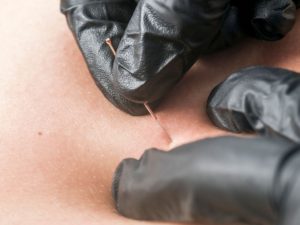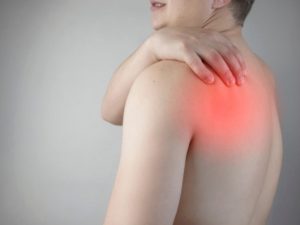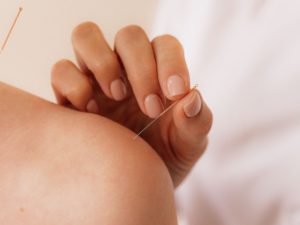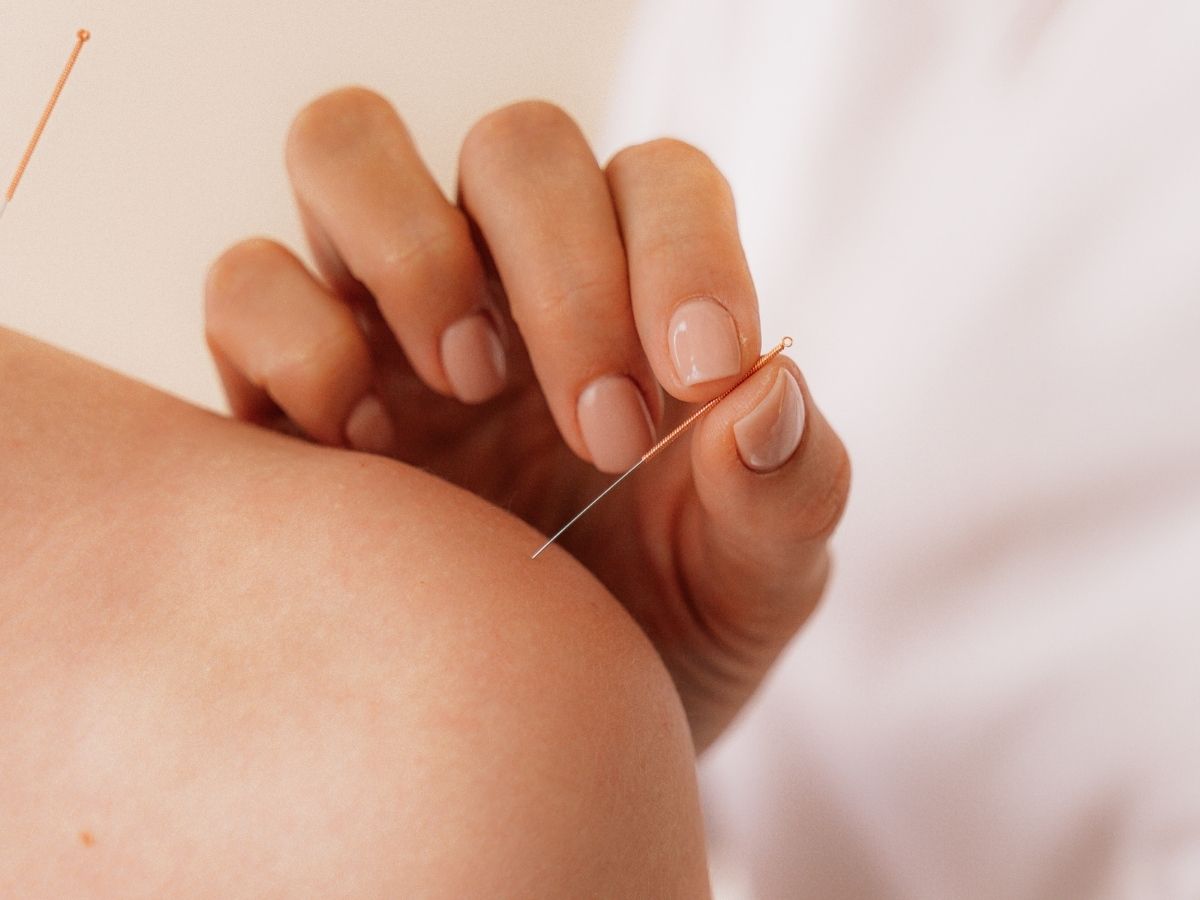Benefits Of Dry Needling For Headaches
Dry needling has become popular over the years as more and more people are in search of fast remedies for acute and chronic pain as an alternative to pain medication. There are so many benefits of dry needling for headaches, and dry needling is a proven technique to effectively release muscle knots, relieve pain and tension, and improve mobility.
Here is more information covering not only the benefits that you can achieve from dry needling to treat headaches but some of the concerns surrounding dry needling as well.
Finding The Correct Solution For Your Pain and the Benefits of Dry Needling for Headaches
Most people do not know that headaches are often caused by neuromuscular issues. In most cases, medications such as ibuprofen or Tylenol offer temporary relief and this is usually enough for the person to forget about the pain. But the symptoms usually return, and this is often known as a “medication overuse headache”. In these situations, doctors that recommend a dosage increase or a prescription medication can be counterproductive for those that actually want to get better. Using pain medications to treat neuromuscular issues will only mask or dull the pain, but it won’t treat the actual core of the problem. Masking the pain with medications allows the issue to advance and potentially lead to a cycle where the person becomes dependent on pain medication.
It is not common for patients to specifically ask for a dry needling treatment when visiting a clinic. When patients choose chiropractic care, many are not aware of the different treatments and styles on offer. Communication is essential. If you are experiencing chronic and frequent headaches or you are limiting specific movements or avoiding certain tasks because these actions may trigger your headaches, you should be speaking about this to the physical therapist or chiropractor you are planning on using. You just might be a great candidate for the technique known as dry needling.
Is Dry Needling A Good Option For Headaches?
The answer is yes. Dry needling focuses on trigger points present in the tissue and muscles to alleviate tension and prevent headaches. Headaches are typically broken down into four primary types. These include sinus, cluster, migraine, and tension headaches. 
Tension headaches respond very well to dry needling since the main cause has to do with muscle tension. However, migraines, for example, might not be caused by a neuromuscular issue, but they often cause tension in the muscles which can intensify the pain or limit mobility in the body. Assessments often find that migraines are caused by nerve irritation, a restriction of blood flow to the brain or head, and muscle tension. For sinus and cluster headaches, health experts often recommend dry needling and soft tissue mobilization or cardiovascular training.
Experts often point out that there is no one approach, one technique, or one of anything that will be effective on its own. So even though dry needling may be one of the most effective options to provide rapid relief for a headache, it should form part of the whole solution. Dry needling helps to loosen the muscles up, which brings about function and motion they might have forgotten. This now means that these muscles need to be retrained to achieve long-lasting results. If the muscles are not stimulated they may return to the state they are used to.
How Will I Know That My Headaches Are Caused From Muscle Tension?
The areas around the body that most commonly contribute to a tension headache include the neck, shoulders, and upper back. If you are currently experiencing strain or tightness in one or more of these muscles, then they are probably what is causing your headaches.
The Upper Trapezius
The upper trapezius is the muscle group that runs across the neck, shoulders, and upper back. Many people that seek dry needling typically suffer from tension in the muscles in this group.
The Suboccipital Muscles
The suboccipital muscles are situated where the spine meets the base of your skull. This is also a highly common area where patients often experience tension. Physical therapists are able to target the knots and tension in these muscles when using a dry needling technique.
The Sternomastoid Muscle (Sternocleidomastoid)
The sternomastoid muscle runs down the front and side of your neck. Many people that choose dry needling experience tightness and tension in this particular muscle. It comes in 2nd place with the group of suboccipital muscles as a very common contributor for tension-based headaches.
Is There A Difference Between Acupuncture And Dry Needling?
Even though these techniques both use a tool known as a monofilament solid needle, acupuncture and dry needling are different in both the technique and the theory. Acupuncture is focused on the “energy channels”, or the meridians where the problem is present. Dry needling, on the other hand, identifies knots present in a muscle and then releases the knot from inside. With this in mind, these are disciplines that aren’t interchangeable.
Is Dry Needling Painful?
Most patients barely even notice when the needle is inserted, and in some cases, they won’t even feel the needle. What you probably will feel or notice is a twitch response. This twitch can be compared to a muscle spasm or charley horse for a few seconds while the knot in the muscle is releasing. After a dry needling session, patients typically feel sensitive or sore for two to three days. This soreness is similar to how you feel after intense exercise or a workout.
How Long Will It Take to See the Benefits of Dry Needling for Headaches?
Results are usually experienced immediately. Patients typically experience relief in tension after a single session, but similar to a car the tires need to be replaced more than once. It is recommended to go for follow-up sessions to maintain your mobility and health. Patients that suffer from chronic or severe headaches may not experience 100% relief after the first session, but their pain is usually noticeably reduced.
Takeaways On The Benefits of Dry Needling for Headaches
Dry needling is one of those versatile treatments with a host of applications and benefits. Not to mention, it is also not often that a single treatment can offer such an impressive level of relief in a single session. Patients have more options than they might realize when it comes to muscle tension, pain, and headaches. Since dry needling is now more accepted and popular, it has now become a part of spine rehabilitation, sports medicine, surgical and trauma rehabilitation, and many other areas.
If you suffer from headaches and migraines, we hope the above information helps you find the right treatment for your pain. Learn more about the benefits of dry needling for headaches at Evexia Family Chiropractic. Ready to schedule an appointment? Contact us today!


